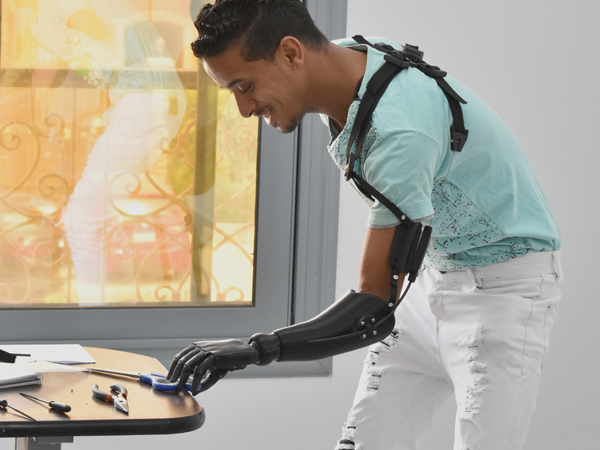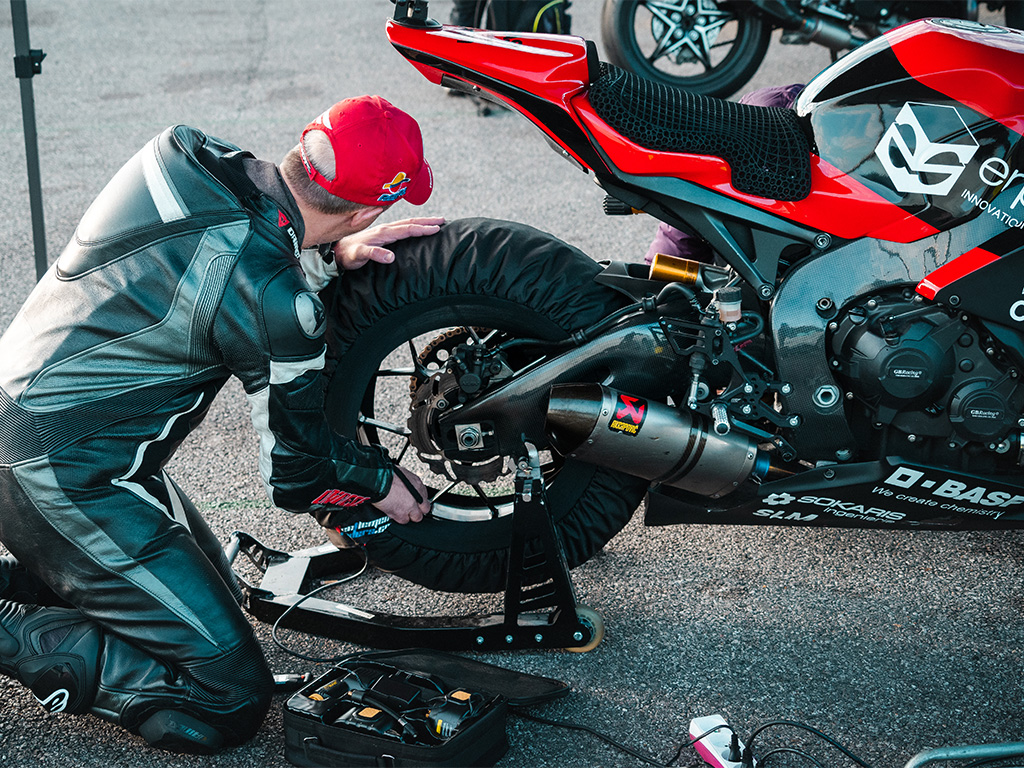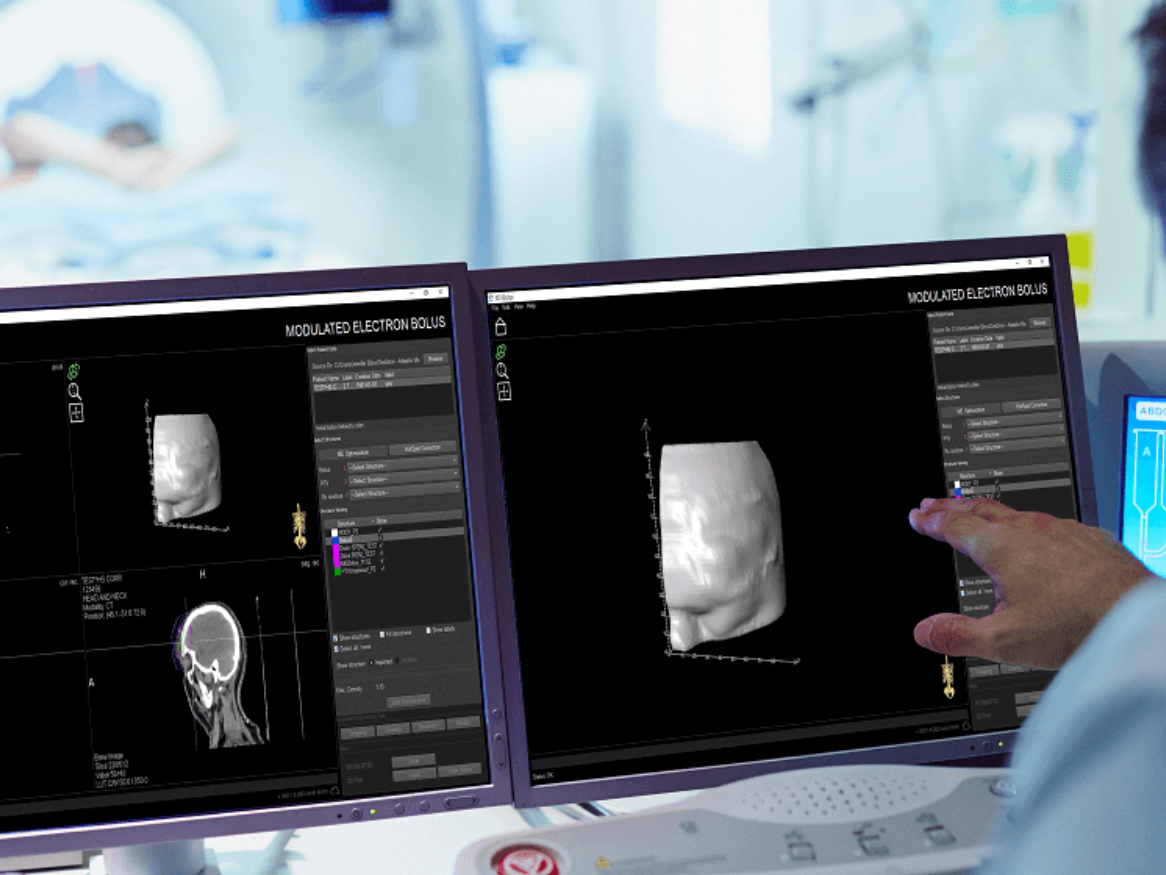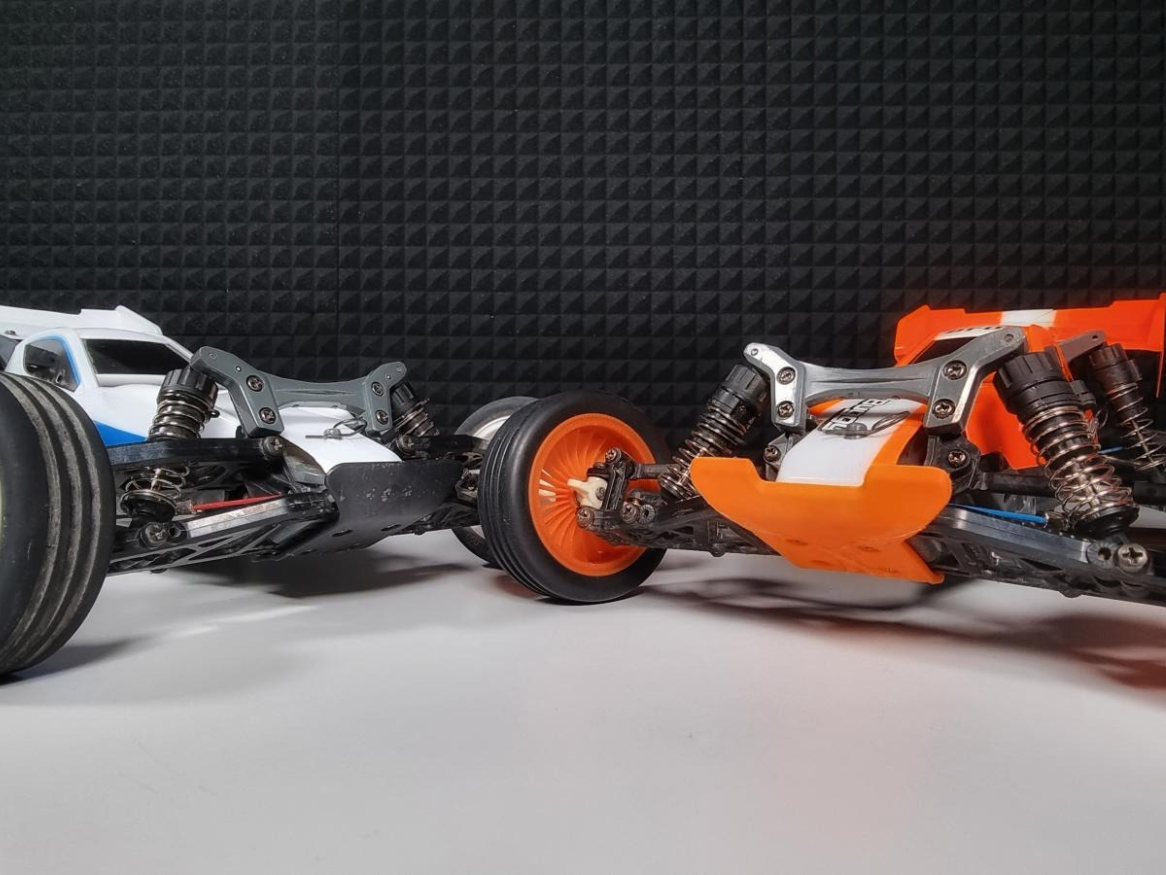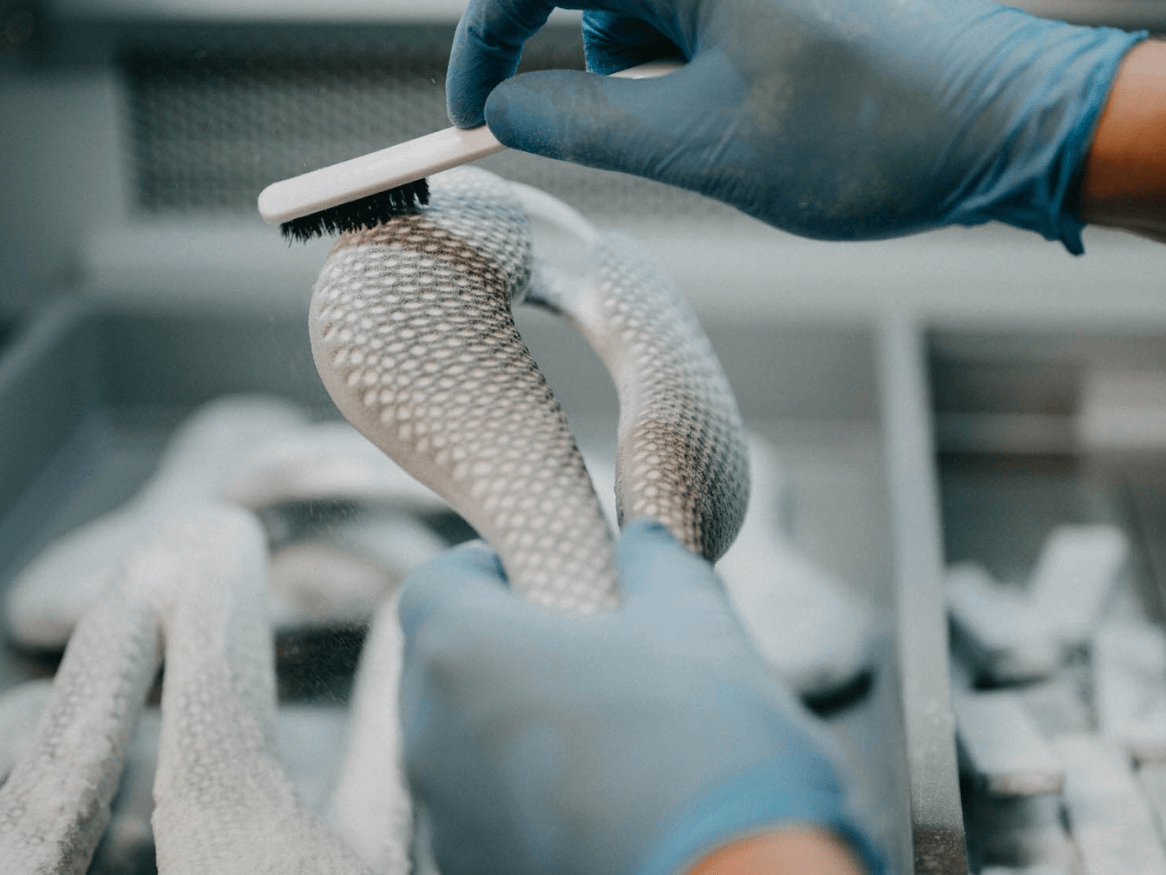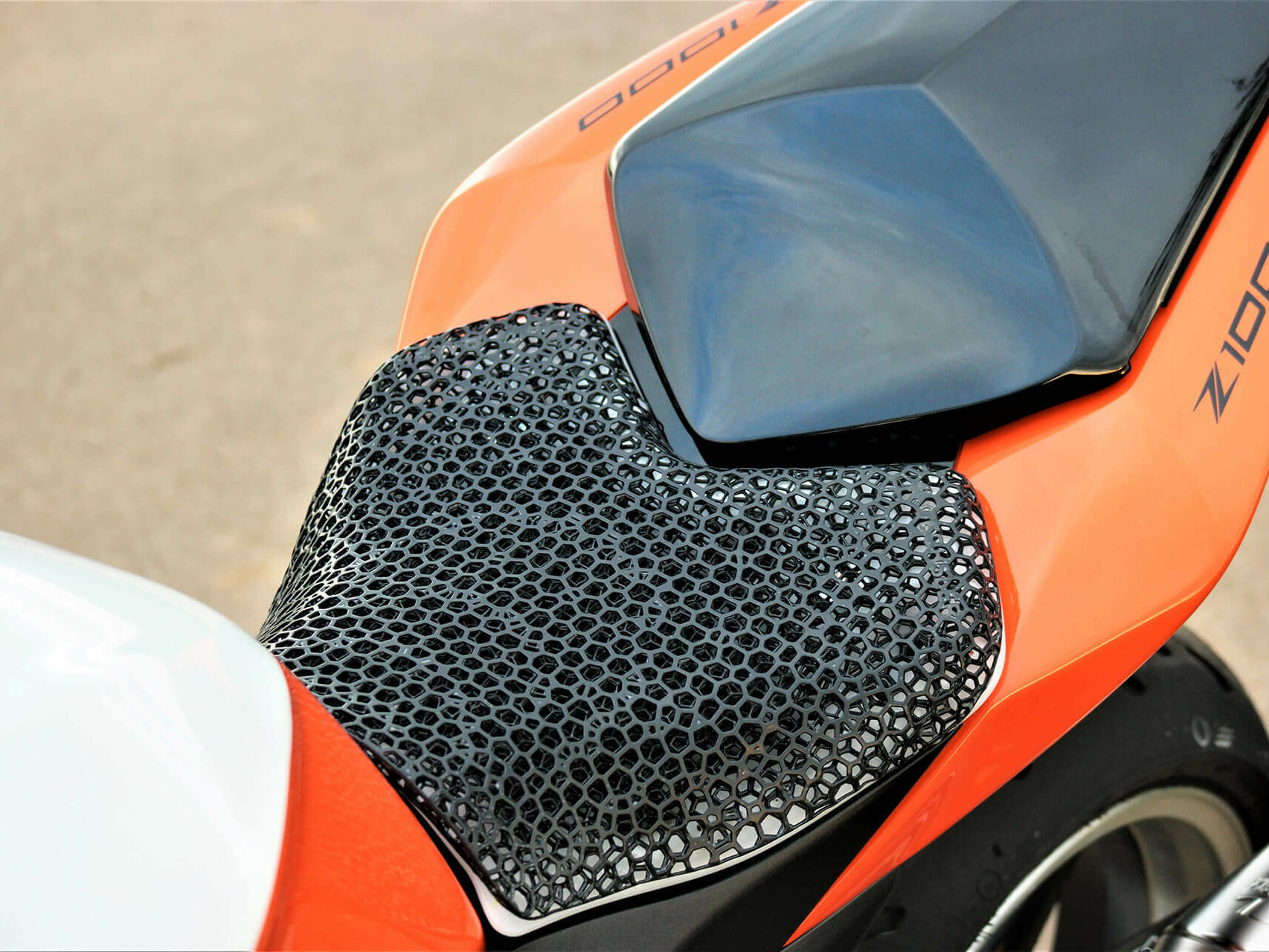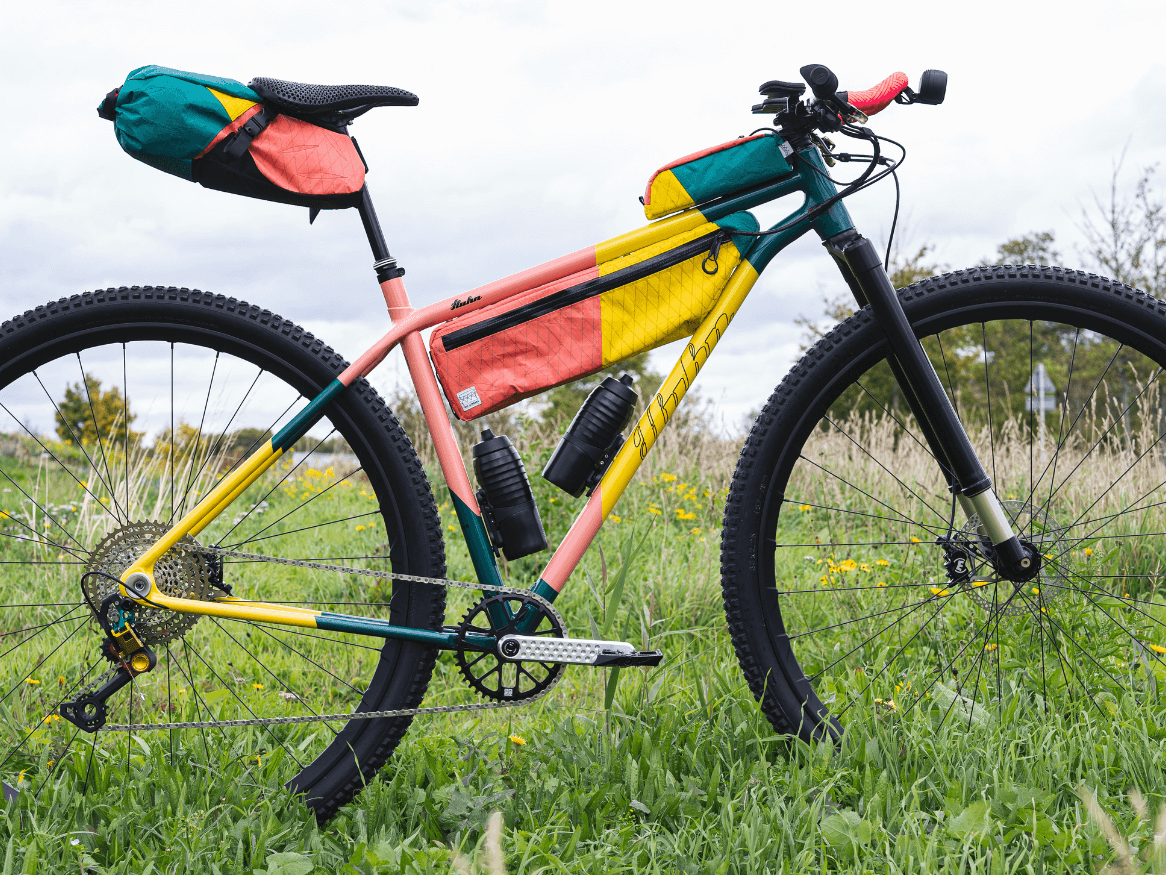Agile Spare Parts Management
Agile and Cost-efficient Automotive OEM Spare Parts – with Atos and Forward AM
The lifecycle of various products has shortened radically over the last few decades. Thinking about electrical devices or household appliances, it has become more “normal” to simply purchase new rather than repair a broken one.
Project Breakdown
Industry
Automotive
Material / Product
Ultrasim®
Why Forward AM?
Deep Virtual Engineering expertise
The result
End-to-end solution for effective spare parts management
Now, with rising awareness of the environmental impact and our planet’s limited resources, there is an increasingly global mindset shift towards acting more sustainably – and thus repairing and retaining goods. This is also reinforced by a new statutory initiative by the European Union to strengthen customers’ right to repair and prolong the product lifecycle of their home appliances.
These developments have put one key aspect under the spotlight: Spare parts.
Challenge: Effective spare parts management
Especially for automotive OEMs and suppliers, the costs of manufacturing, storing and shipping spare parts are a critical economic factor. But why is this such a challenge for the sector today?
One key aspect is the increasing individualization of customer demand. Focusing on the automotive industry, we are seeing more and more ways to customize models and individual vehicles. The direct result is far more complex production, a huge increase in the number of components required due to this wider choice of variations, and much smaller production runs of each vehicle type. “One size fits all” is losing momentum in favor of a multitude of tailor-made versions. While the automotive industry is trying to counter this by pursuing a common-platform and common-part strategy, a higher degree of complexity nevertheless remains, with a considerable increase in the cost of after-sales vehicle maintenance.
The resulting massive expenditure for automotive OEMs on their spare parts business is driven by several factors:
- Automotive OEMs and industry suppliers require spare parts in low volume for high value finished products, complex high volume parts and high performance parts
- Commercial vehicle operators such as transportation service providers maintain their vehicles over decades and expect OEMs to provide spare parts accordingly
- Exacerbating this situation, suppliers often discontinue production of a certain part after just a couple of decades because it is not commercially feasible
- Additive Manufacturing is now opening up new possibilities for the design of spare parts and the on-demand 3D printing of components, further impacting the legacy spare parts business
- Original component designs may not be available anymore, making a costly redesign necessary
- Despite all the above factors, we should not underestimate the fact that the after-sales business potentially still offers higher margins for OEMs than their original new-vehicle business.
With process repeatability being one major quality concern for many OEMs and suppliers, the current scenario poses a serious challenge to their business – but also harbors a tremendous opportunity. Finding a way to make out-of-production spare parts available at common-sense prices will dramatically increase customer satisfaction, making it vital for companies to put a smart, agile and robust next-generation spares management system in place.
Additive Manufacturing (AM) is not only opening up whole new ways of manufacturing but is also disrupting supply chains with new possibilities for the decentralized on-demand manufacture, storage and shipment of spare parts.
For OEMs, it is key to decide which parts are most likely to be needed immediately – and which can still meet specific markets’ needs cost-effectively when 3D printed and shipped on demand. When done right, utilizing AM for spare parts can unlock major cost savings throughout the entire product lifecycle. PWC predicted in 2018 that by 2028, Additive Manufacturing will save German spare parts suppliers approximately EUR 3 billion in costs annually. Vital in achieving this is selecting the right expert AM consultancy to identify the right material, technology and digital design tools to lock in these economic benefits.
Solution: End-to-end services for the spare parts business
Implemented by specialists, “thinking AM” creates a system that enables any spare part to be 3D printed on demand – and cuts product lifetime CO2 emissions by making these available for a longer time span, with no expensive stock or tooling needed.
To deliver a solution to this challenge, Atos, a recognized global leader in IT solutions and services, and Forward AM are combining their expert capabilities in a joint approach.
Together, Forward AM and Atos could cover the complete end-to-end process, from digital part design and engineering, through simulation, validation and testing, to managing the spare parts manufacturing process and robust quality assurance for 3D printed spare parts.
The integral AM expertise is provided by Forward AM, ensuring the “additive mindset” by applying the full range of Virtual Engineering skills and tools. From testing and validation through to simulation and design optimization, Forward AM’s proprietary CAE software environment Ultrasim® makes sure the benefits of AM are optimally leveraged and effectively applied.
The automotive industry is characterized by very high component and safety standards that have to be met. This makes thorough simulation and testing services crucial, as they:
- Guarantee the final printed part will demonstrate the required properties under harsh real-world operating conditions
- Optimize a part’s shape and/or geometry to harness the unique cost and weight-saving benefits of AM while ensuring the required performance characteristics
- Achieve the desired surface quality – which can be as important as an element of a part’s physical properties as well for its visual appearance
- Deliver highly customizable and durable surface finishes by leveraging the capabilities of BASF Coatings and their long-standing experience in automotive coating solutions for global OEMs.
In turn, Atos provides the necessary IT systems and consultancy know-how to integrate the Additive Manufacturing of spare parts perfectly within the OEM customer’s own ecosystem.
In general, three AM-driven spare parts business models are attractive for OEMs:
- The OEM implements 3D printer capabilities on their approved commercial spares-distribution customers’ premises, who then print parts following end-customer demand.
- The OEM-approved commercial spares-distribution customers order spare parts from nearby OEM-approved 3D printing service providers, who interact directly with the OEM to obtain part-specific printing rights. The finished parts are delivered over the shortest distance to the commercial spares-distribution customer.
- The OEM-approved commercial spares-distribution customer invests in own Additive Manufacturing capacities, obtains the printing rights directly from the OEM, then prints the parts in their own facilities.
The implementation of each model creates specific challenges for the OEM and spares-distribution customer – the OEM needs to find a way to manage an Additive Manufacturing network that seamlessly integrates its spares distribution customers and 3D printing service providers. OEMs also need to ensure that their vital Intellectual Property (IP) is protected and, especially important in the automotive industry, the certified quality of the printed parts needs to be guaranteed throughout the whole process. The Atos AIP (Additive Manufacturing Platform) manages the complete Additive Manufacturing network integrating all parties and their printing capacities, managing spare part orders, and protecting IP rights by employing secure technologies such as blockchain. For instance, the Atos Predictive Monitoring System (PMS) uses real-time data analytics for porosity prediction analysis and anomaly detection, thus assuring the quality needed to fulfil OEM and industry standards. Atos also provides the necessary integration into systems such as PLM and ERP and enables the operation of a global printer network through stable multiple IoT connections.
Summing it up, the next-generation spare parts business powered by Additive Manufacturing holds numerous advantages for both OEMs and end-consumers: For manufacturers, AM enables shorter lead times, ensures both short and long-term spares availability, radically cuts costs by making warehousing obsolete, and contributes to a far more sustainable business model. For end-consumers, AM makes longer product lifecycles possible and thus a more effective cost-utilization of the products they buy, therefore contributing to an overall lower carbon footprint.
“More and more OEMs are approaching Additive Manufacturing as an alternative source of spare parts, providing them with the opportunity to increase customer loyalty, lower costs and reduce the company’s carbon footprint from spare parts storage and distribution.”
Stefan Zimmermann, Head of Additive Manufacturing, Global Manufacturing, Atos.
1) The future of spare parts is 3D – A look at the challenges and opportunities of 3D printing, PWC 2018
Share this page
Next Steps
Reference Links and Documents
Get in touch
Do you have questions about our materials, technologies or services? Get in touch now!



